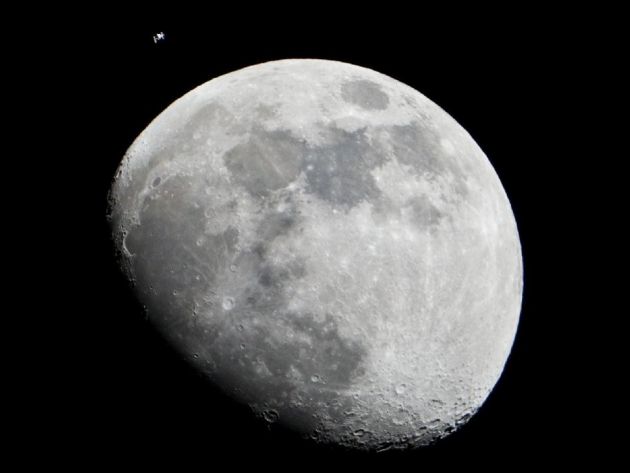Yutu Lunar Rover update: China's moon rover discovered new rock type

China's Yutu Lunar Rover, part of Chang'e-3 unmanned lunar mission, discovered a new type of rock on the surface of the moon.
Identified as a type of basalt from a relatively young mare lava flows, this rock had remained undiscovered by any other previous Soviet or US missions. The rock, according to the study published in Nature Communications, contains chemical compositions that could be linked to the Moon's late volcanism and possible origins. The study was published on Dec. 22, 2015 and led by planetary scientist Zongcheng Ling.
Earlier samples from previous missions showed either high or low amount of titanium. The basalt discovered by Yutu is different in this aspect. The data collected by the above-mentioned study suggest that it is intermediate in titanium content.
This could mean that "the Moon's upper mantle is much less uniform in composition than Earth's," Bradley Joliff of the Washington University of St Louis explained in a report.
"And correlating chemistry with age, we can see how the Moon's volcanism changed over time," he added.
The scientists involved in the study further wrote: "Our analysis indicates that this young lunar mare region has unique compositional characteristics, and represents a new type of mare basalt that has not been sampled by previous Apollo and Luna missions and lunar meteorite collections... The CE-3 landing site and in situ analyses of the rocks and soils derived from the fresh crater near the landing site provide key new ground truth for some of the youngest volcanism on the Moon."
The Yutu, which can be roughly translated as "Jade Rabbit," has been on the moon for two years, landing successfully in December 2013. It is the first ever lander on Earth's closest neighbor after around four decades.
Although it is the lander with the longest stay on the moon for a lunar rover, it has not done much roving because of technical problems it experienced just a few lunar days after its landing, as Chinese officials told Space news. Fortunately, though its systems had locked up, it was able to analyze the rocks immediately around it.
The volcanic rock is estimated to be 3 billion years old.